
Difference between HBeam vs IBeam Types of Beam Uses of Beam YouTube
The spans that steel H beams and I beams can cover varies. I beams are less flexible and may be more suitable for shorter spans. Depending on the specifications, The Metal Store stocks I beams with a span of 1m to 3m. H beams can carry larger loads over longer spans. Our H beams can cover a variety of different spans, including 1m, 1.5m, 2m and 3m.
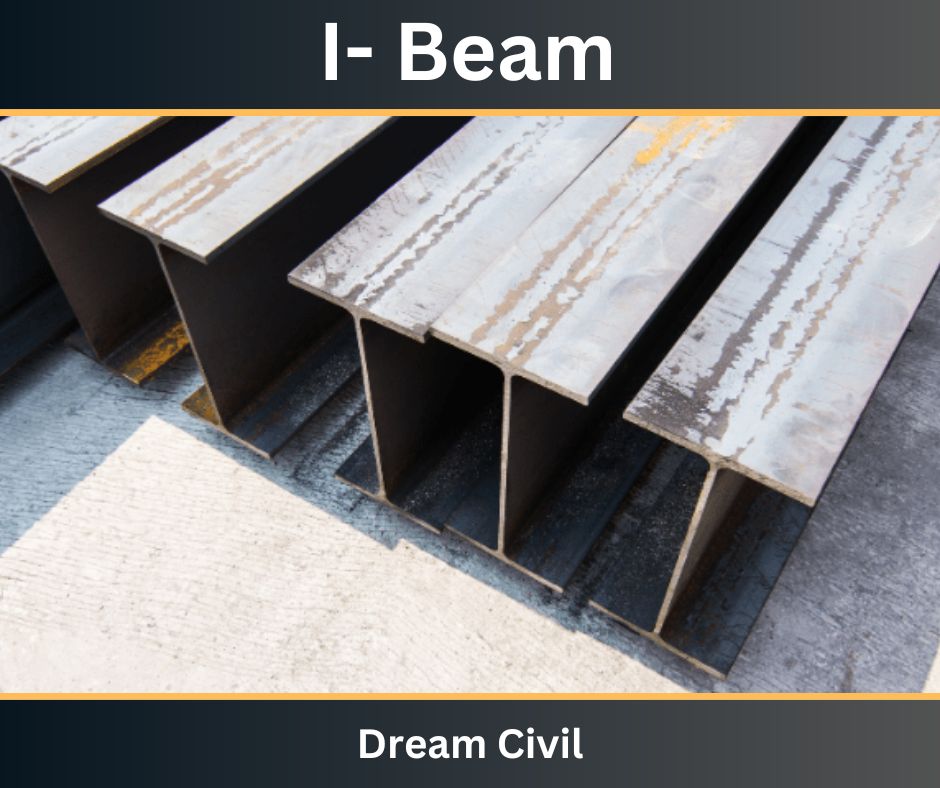
H Beam Vs I Beam Weight, Center Web, Spans, Flanges
Here the S6 designates the Standard I-Beam shape profile at 6″ tall. 12.5 is the weight (steel) in lbs per foot of length. All the other dimensions like width of the flanges, thicknesses of web and flanges, are baked into the standard for this beam at 12.5 lbs/ft. You must look it up to know that beam is 3.33″ wide.
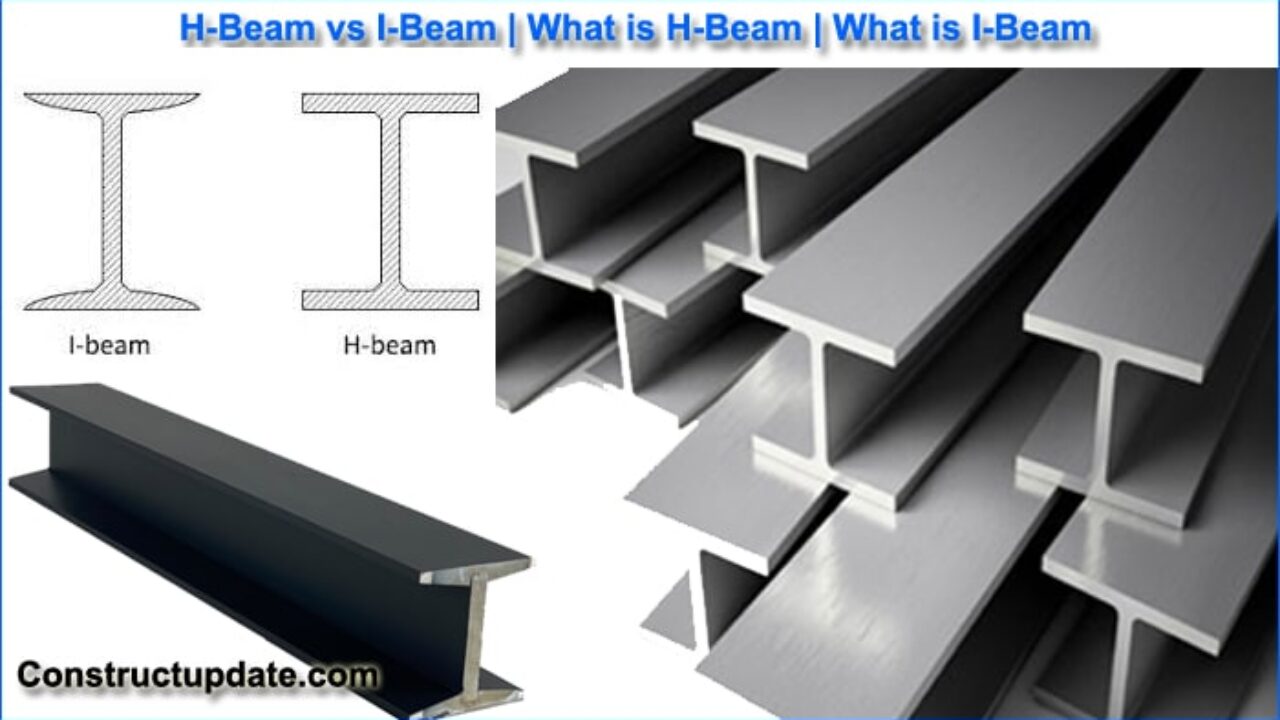
Difference Between I Beam And H Beam The Best Picture Of Beam
H Beam vs I Beam is as follows: S.N. H-Beam. I-Beam. 1. It is commonly used, as a structural member named after its cross-section in the form of a capital H. It is a steel girder or joist with a cross-section in the form of capital I. 2. It provides more strength per unit of weight which makes its welding simpler than that of an I beam.
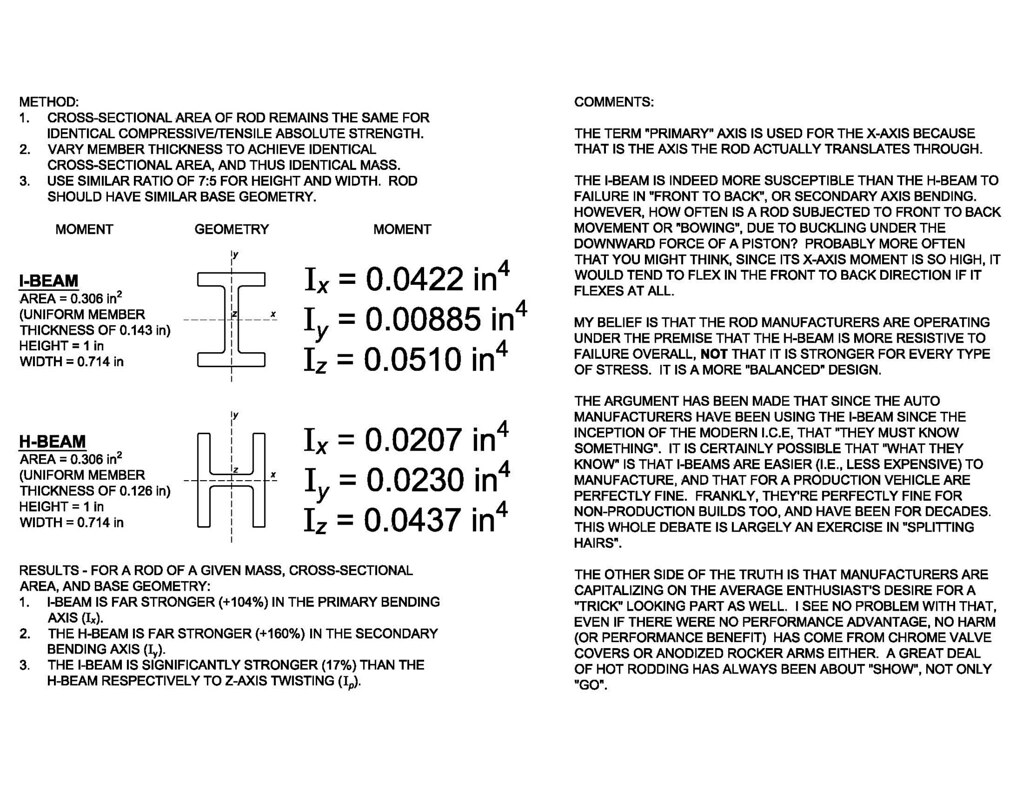
H beam vs. I beam rods Hot Rod Forum Hotrodders Bulletin Board
H beam and I beam rods have different designs: the former has an 'H' cross-section, whereas its counterpart has an 'I' cross-section. The forms, while diverse, perform the exact role of enhancing shank strength and weight distribution. The I-beam rod is like a solid metal mass, with a relief spot along the shank for weight distribution.

European Standard HEB (IPB) Beam Profiles » Metal weight calculator
An H-beam can possibly be built up which means it can be built up to any size or height. An I-beam can only be built up as much as the manufacturer's milling equipment allows. Beam 's Span. H-beams can be used for spans up to 330 feet. An I-beam may be used for spans of between 33 and 100 feet. Flanges of the Beam.

Difference Between HBeam and IBeam
Differences Between H-beam and I-beam Steel. 1. Cross-sectional Dimensions. I-beams, whether standard or lightweight, have relatively high and narrow cross-sectional dimensions. This results in a significant difference in the moment of inertia of the two main flanges. Therefore, they are generally used directly in components that bend within.
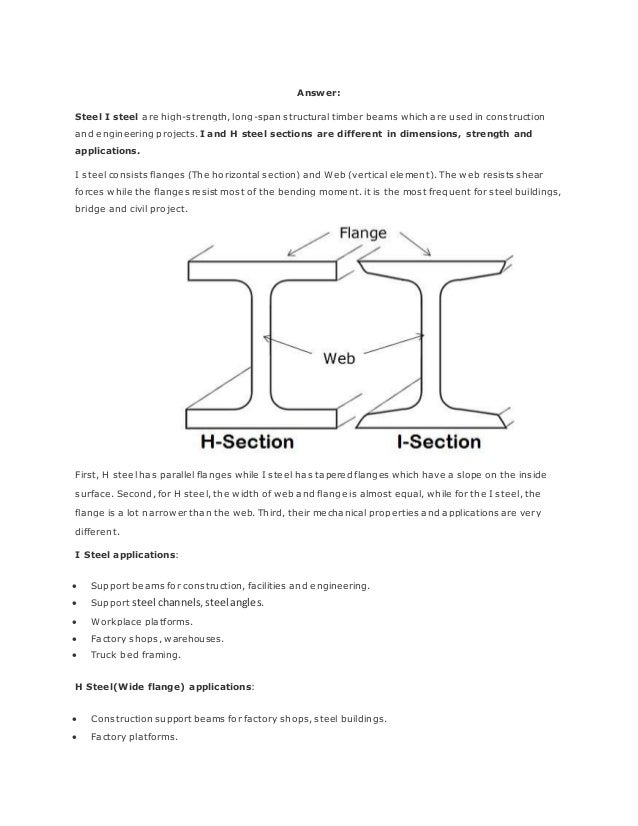
H Beam Vs I Beam slidesharedocs
I-Beam vs. H-Beam. I-beam connecting rod. There are two basic styles of connecting rods: I-beam and H-beam. Most stock connecting rods are I-beam. Stock V8 connecting rods can handle upward of 400 horsepower and 6,500 rpm. Once you exceed those performance levels, you'll need to consider aftermarket connecting rods. Depending on the type of.
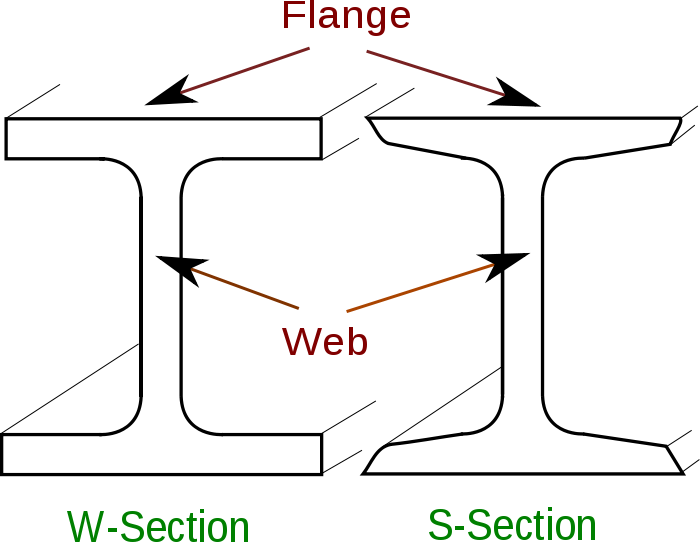
The Difference Between Steel H Beams and I Beams RWSteel
An I-beam normally has a slope of 1:6 to 1: 10 in the flange whereas the H-beam has a uniform flange. An H-beam is heavier as compared to an I-beam. The distance of the flanges can be widened as per requirement for an H-beam section but the same is fixed for the I-beam. The moment of inertia is different for both beams.

HBeam vs IBeam What Is HBeam What Is IBeam
H beam Vs I beam. There was a popular opinion for some time that the H beam design is stronger and that the I beam design is lighter. Based on this the H beam design was supposedly better suited to the high combustion pressures associated with forced induction and the I beam was better suited for high revving naturally aspirated engines since it is lighter.
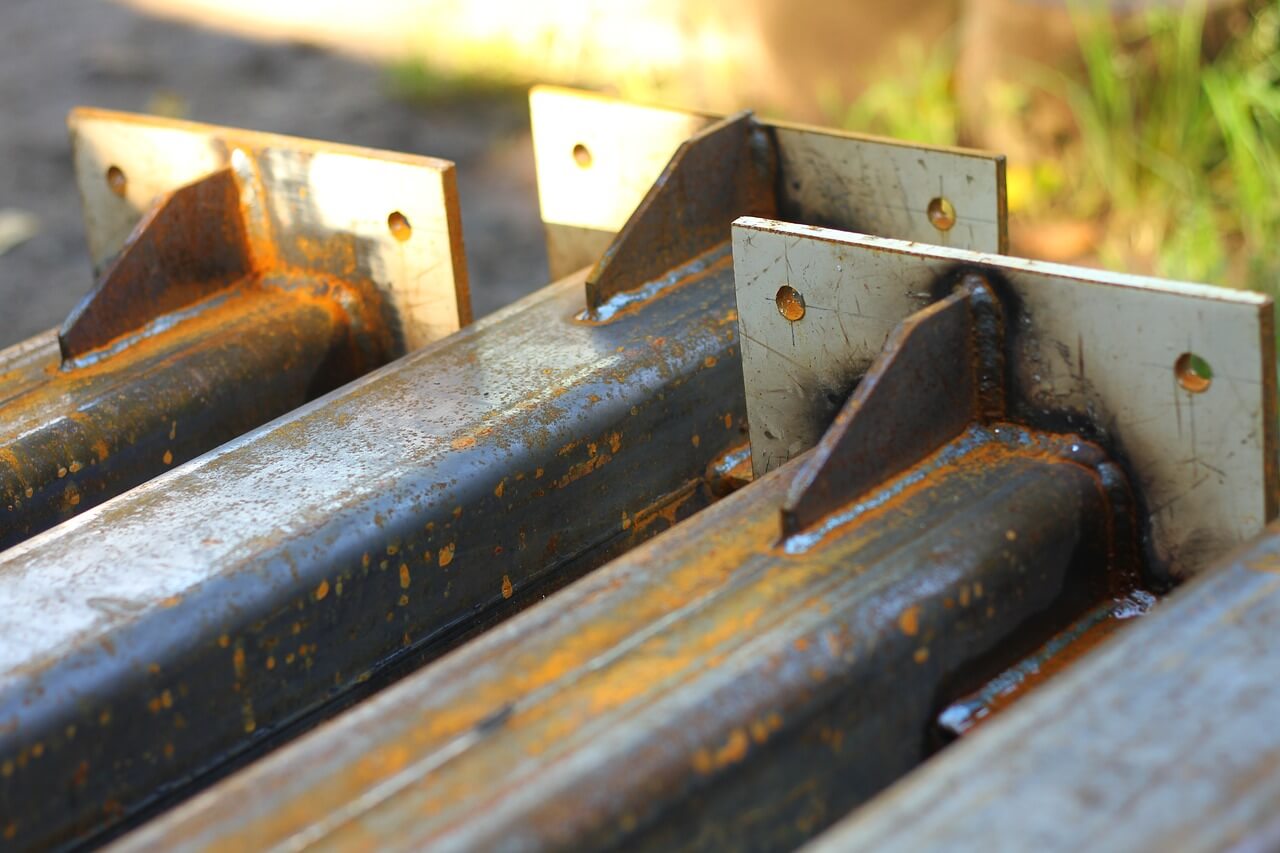
The Difference Between Steel H Beams and I Beams RWSteel
H-beams can be fabricated to any desired size, while the milling machine capacity limits the production of I-beams. Flanges. H beam flanges have equal thickness and are parallel to each other, while I beam have tapered flanges with an inclination of 1: to 1:10 for better load-bearing capacity. Web Thickness
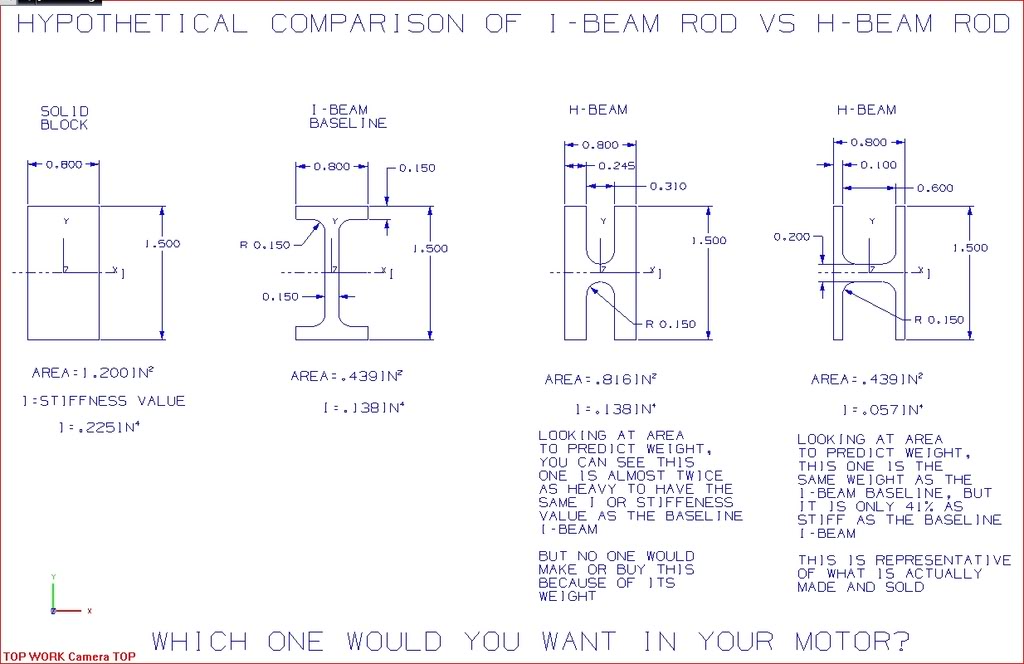
Finally, an analysis of IBeam rods vs HBeam rods CorvetteForum Chevrolet Corvette Forum
H-beams are used for spans of up to 330 feet that can be built up to any size and height. I-beams are lightweight compared to H-beams. H-beams are heavier than I-beams. I-beams withstand direct and tensile loads. But they cannot withstand twisting loads due to their smaller cross-sections. H-beam section can withstand direct loads and tensile.
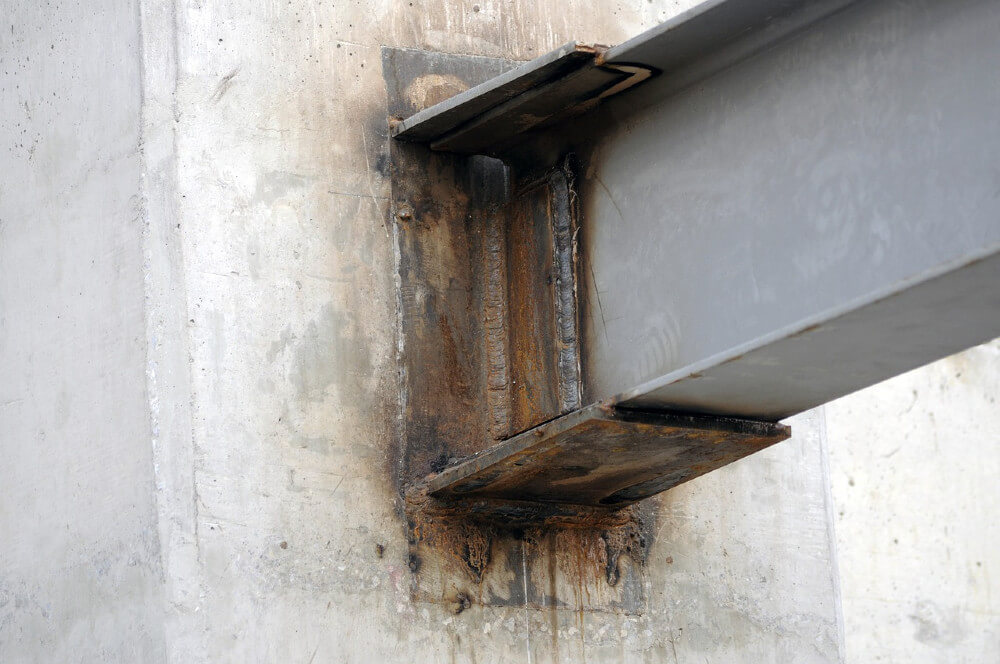
The Difference Between Steel H Beams and I Beams RWSteel
H beam vs I beam. H-beams, also known as wide flange beams, have a horizontal element called a flange, which is connected to a vertical element called a web. The flange is wider than the web, which provides extra strength and stability. I-beams, also known as steel joists, have a similar shape to H-beams but have a thinner, taller web.

IBeam vs HBeam What İs the Difference? Yena Engineering
1. H-beam steel has a longer, wider, and heavier flange than I-beam steel, but it can be used interchangeably most times. The flange refers to the horizontal element at the top and bottom of a beam. 2. The section size of I-beam steel is relatively high and narrow, the inertia moment of the two main sleeves of the section has a large difference.

H Beam Rods Vs I Beam Rods
H-beam: H-beams can be used for spans up to 330 feet. I-beam: An I-beam may be used for spans of between 33 and 100 feet. Flanges. H-beam: H-beams have top and bottom flanges that stick out further from the web than the flanges on I-beams. I-beam: I-beams have top and bottom flanges, and they are shorter and not as wide as H-beams. Number of.

Steel H Pile Beams Contractor and Services Fender Marine Construction
The H-beam has wider flanges than an I-beam, but the I-beam has tapered edges. The width is the flange, and the height is the Web. The difference between both H-beams and I-beams is the flange by web ratio. The H-beam tends to be heavier than the I-beam, and that is why some say that it is better than the I-beam, but that is subjective, as the.
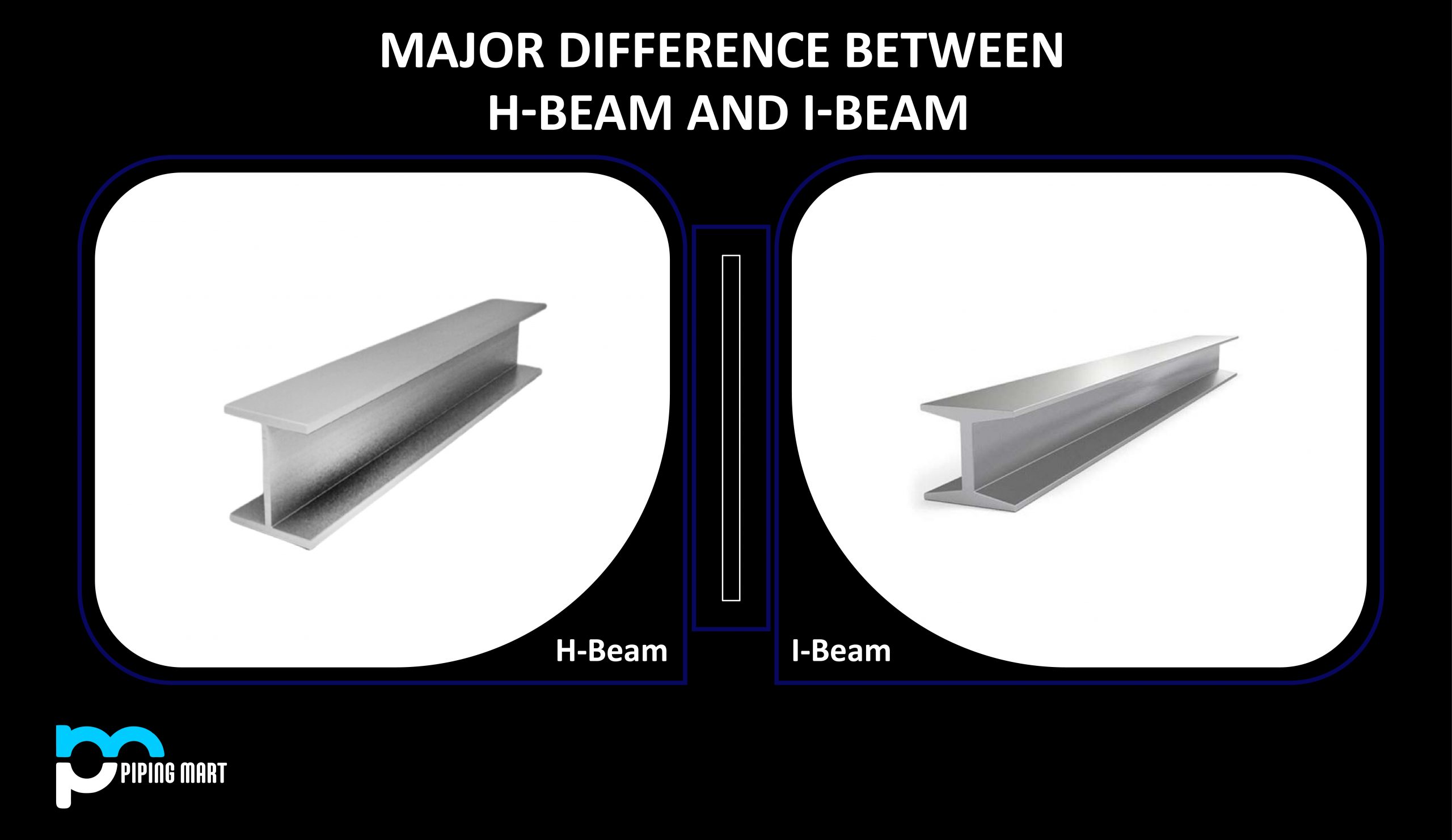
Difference Between I Beam And H Beam The Best Picture Of Beam
This unique look is part of what makes it easy to see the difference between an H-beam and an I-beam. While an H-beam is quite uniform in its shape, an I-beam will be taller than it is wide. The tapering in an I-beam creates thinner slopes for the upper and lower flanges. You can expect a 1:6 ratio, which means the thin edges point toward the.